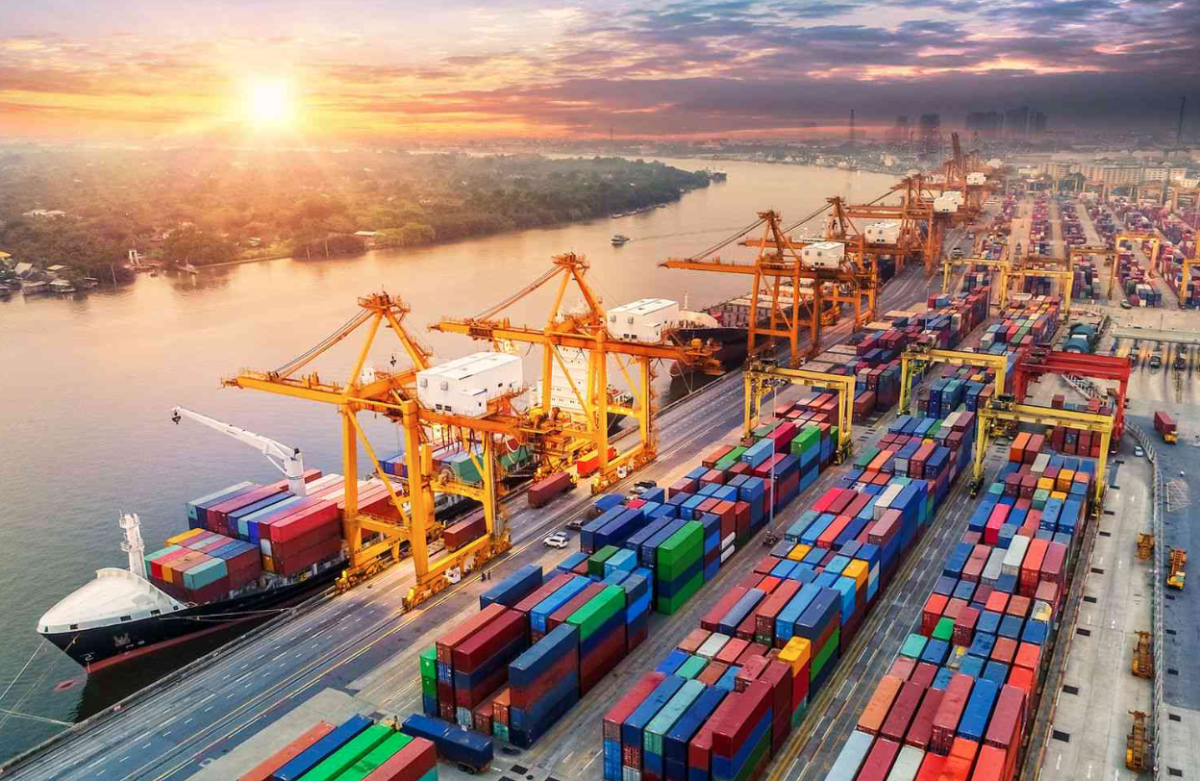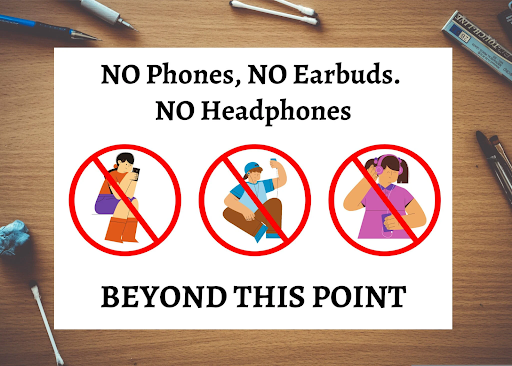Tariffs remain a contested tool in economic policy. Supporters argue they protect domestic industries and promote economic self-sufficiency, while critics contend they increase consumer costs and disrupt global trade efficiency. The economic, social, and strategic implications of tariffs are complex and often context-dependent. Recognizing the diversity of opinions held on issues such as these, the following two passages offer insight into two opposing perspectives on the issue.
Tariffs are back in the headlines and so is economic uncertainty – Alex Bae
On April 2nd, Trump announced the most expansive tariff package in U.S. history: a 10% blanket tariff on all imports, with even higher rates for key trading partners: 34% on China, 26% on India, and 20% on the EU. Designed to boost domestic industry and reduce reliance on foreign goods, the plan immediately produced consequences with the Dow Jones plunging 1,679 points on the first day of trading.
President Trump has called the word “tariff” the “most beautiful word in the dictionary,” but for the average American consumer, its definition reads like a warning of higher costs, supply shocks, trade retaliation—anything but beautiful.
At its core, a tariff is a tax. When the government taxes foreign goods, importers face higher costs. But importers don’t absorb those costs—they pass them on. This means higher prices for consumers, not just on foreign goods, but also on domestically produced items that rely on imported parts.
For example, if a U.S. car manufacturer relies on foreign steel or computer chips, tariffs increase production costs. To stay profitable, they either raise prices or cut jobs. This is why tariffs often reduce domestic competitiveness instead of actually improving it. The logic of “America First” collapses when American products become more expensive or harder to produce.
We’ve seen this play out before. The Smoot-Hawley Tariff Act of 1930, passed to protect American jobs during the Great Depression, backfired catastrophically. Other countries retaliated with their own tariffs, global trade fell by two-thirds, and American exports collapsed. Instead of saving jobs, it deepened the economic crisis and helped push U.S. unemployment close to 25%.
Broader trends reveal the same impact. An empirical study using an annual panel of macroeconomic data for 151 countries over 1963–2014 found that “tariff increases are associated with an economically and statistically sizeable and persistent decline in output growth.” Time and time again, tariffs have been nothing but an empty promise.
In theory, tariffs protect. In reality, they isolate. In 2025, we should know better.







